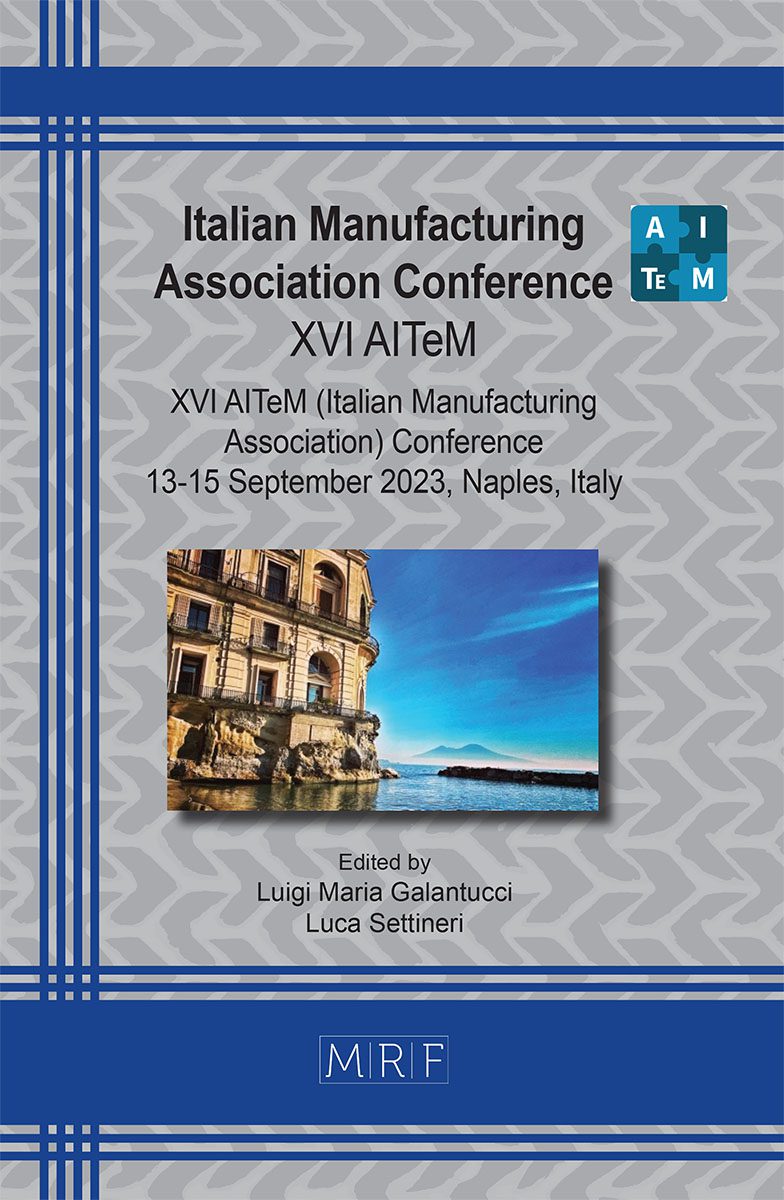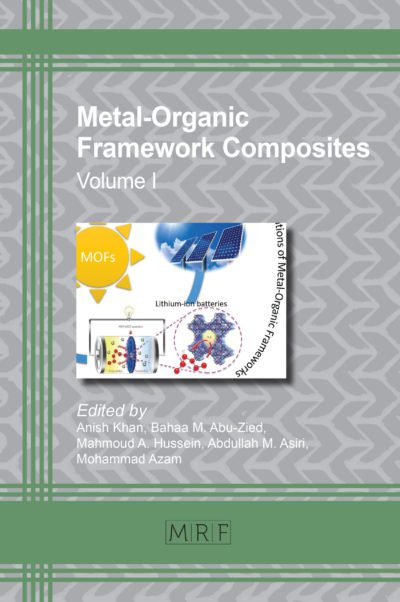A numerical methodology for improving the thermoforming process of complex thermoplastic composite components
Antonios G. Stamopoulos, Francesco Lambiase Alfonso Paoletti
download PDFAbstract. In recent years, there has been an increasing demand for lightweight composite structures. Thermoplastic composite materials appear to be a very promising solution to this direction considering their unique aspects and their capability to be heated and stamped. Nevertheless, the cost of the development of the dies that are necessary to fulfill the requirements of the process was based, until recently, on trial-and-error tests. In the present work, an automotive component is considered, and the corresponding dies are developed using a fast and efficient process simulation software. The process parameters as well as the characteristics of the cavity are defined aiming to minimize the process induced defects.
Keywords
Thermoforming, Composites, Automotive
Published online 9/5/2023, 9 pages
Copyright © 2023 by the author(s)
Published under license by Materials Research Forum LLC., Millersville PA, USA
Citation: Antonios G. Stamopoulos, Francesco Lambiase Alfonso Paoletti, A numerical methodology for improving the thermoforming process of complex thermoplastic composite components, Materials Research Proceedings, Vol. 35, pp 19-27, 2023
DOI: https://doi.org/10.21741/9781644902714-3
The article was published as article 3 of the book Italian Manufacturing Association Conference
![]() Content from this work may be used under the terms of the Creative Commons Attribution 3.0 license. Any further distribution of this work must maintain attribution to the author(s) and the title of the work, journal citation and DOI.
Content from this work may be used under the terms of the Creative Commons Attribution 3.0 license. Any further distribution of this work must maintain attribution to the author(s) and the title of the work, journal citation and DOI.
References
[1] Turgut E.T: An Analysis of the Effect of the Non-Payload Weight on Fuel Consumption for a Wide-Bodied Aircraft. Anadolu University Journal of Science and Technology 18(1), 59-68 (2017). https://doi.org/10.18038/aubtda.300429
[2] Lathasree P, Sheethal RM.: Estimation of aircraft fuel consumption for a mission profile using neural networks. In: Proceedings of the International Conference on Aerospace Science and Technology INCAST 2008, 26 – 28 June 2008, Bangalore, India.
[3] Patel M., Pardhi B., Chopara S., Pal M.: Lightweight Composite Materials for Automotive – A Review. International Research Journal of Engineering and Technology 5 (11), 41-47 (2018).
[4] Campbell F.C.: Manufacturing processes for advanced composites”. Elsevier Science, ISBN 9781856174152, (2004).
[5] Stamopoulos A.G., Gazza F., Neirotti G. Assessment of the compressive mechanical behavior of injection molded E-glass/polypropylene by mechanical testing and X-ray computed tomography. The International Journal of Advanced Manufacturing Technology, 1-15 (2023). https://doi.org/10.21203/rs.3.rs-2298336/v1
[6] Ashter S.A.: Thermoforming of single and multilayer laminates. William Andrew Publishing, ISBN 9781455731725, (2014).
[7] De Luca P., Lefebvre P., Pickett A.K.: Numerical and experimental investigation of some press forming parameters of two fibre reinforced thermoplastics: APC2-AS4 and PEI-CETEX. Composites Part A: Applied Science and Manufacturing 29A: 101-110, (1998). https://doi.org/10.1016/S1359-835X(97)00060-2
[8] Guzman-Maldonado E., Hamila N., Boisse P., Bikard J.: Thermomechanical analysis, modelling and simulation of the forming of pre-impregnated thermoplastic composites. Composites Part A: Applied Science and Manufacturing 78: 211-222, (2015). https://doi.org/10.1016/j.compositesa.2015.08.017
[9] Haanappel S.N., Ten Thije R.H.W., Sachs U., Rietman B., Akkerman R.: Formability analyses of uni-directional and textile reinforced thermoplastics. Composites: Part A 56: 80-92, (2014). https://doi.org/10.1016/j.compositesa.2013.09.009
[10] Haanappel S.P., Sachs U., ten Thije R.H.W., Rietman B., Akkerman R.: Forming of Thermoplastic Composites. Key Engineering Materials 504 (506), 237-242 (2012). https://doi.org/10.4028/www.scientific.net/KEM.504-506.237
[11] D’Emilia G., Gaspari A., Natale E., Stamopoulos A.G., Di Ilio A. Experimental and numerical analysis of the defects induced by the thermoforming process on woven textile thermoplastic composites. Engineering Failure Analysis 135, 106093 (2022). https://doi.org/10.1016/j.engfailanal.2022.106093
[12] Harisson P., Gomes R., Curado-Correia N. Press forming a 0/90 cross-ply advanced thermoplastic composite using the double-dome benchmark geometry. Composites Part A: Applied Science and Manufacturing 54, 56-69 (2013). https://doi.org/10.1016/j.compositesa.2013.06.014
[13] Sargent J., Chen J., Sherwood J., Cao J., Boisse P., Willem A., Vanclooster K., Lomov S.V., Khan M., Fetfatsidis K., Jauffres D. Benchmark study of Finite Element Models for simulating the thermostamping of woven-fabric reinforced composites. International Journal of Material Forming 3, 683-686 (2010). https://doi.org/10.1007/s12289-010-0862-5
[14] Stamopoulos A.G., Di Genova L.G., Di Ilio A. Simulation of the thermoforming process of glass-fiber reinforced polymeric components: investigation of the combined effect of the crosshead speed and the material temperature. The International Journal of Advanced Manufacturing Technology 117, 2987-3009 (2021). https://doi.org/10.1007/s00170-021-07845-2
[15] Guzman-Maldonado E., Hamila N., Naouar N., Moulin G., Boisse P. Simulation of thermoplastic prepreg thermoforming based on a visco-hyperelastic model and a thermal homogenization. Materials and Design 93, 431-442 (2016). https://doi.org/10.1016/j.matdes.2015.12.166
[16] Haanappel S.N., Ten Thije R.H.W., Sachs U., Rietman B., Akkerman R.: Formability analyses of uni-directional and textile reinforced thermoplastics. Composites: Part A 56: 80-92, (2014). https://doi.org/10.1016/j.compositesa.2013.09.009

































